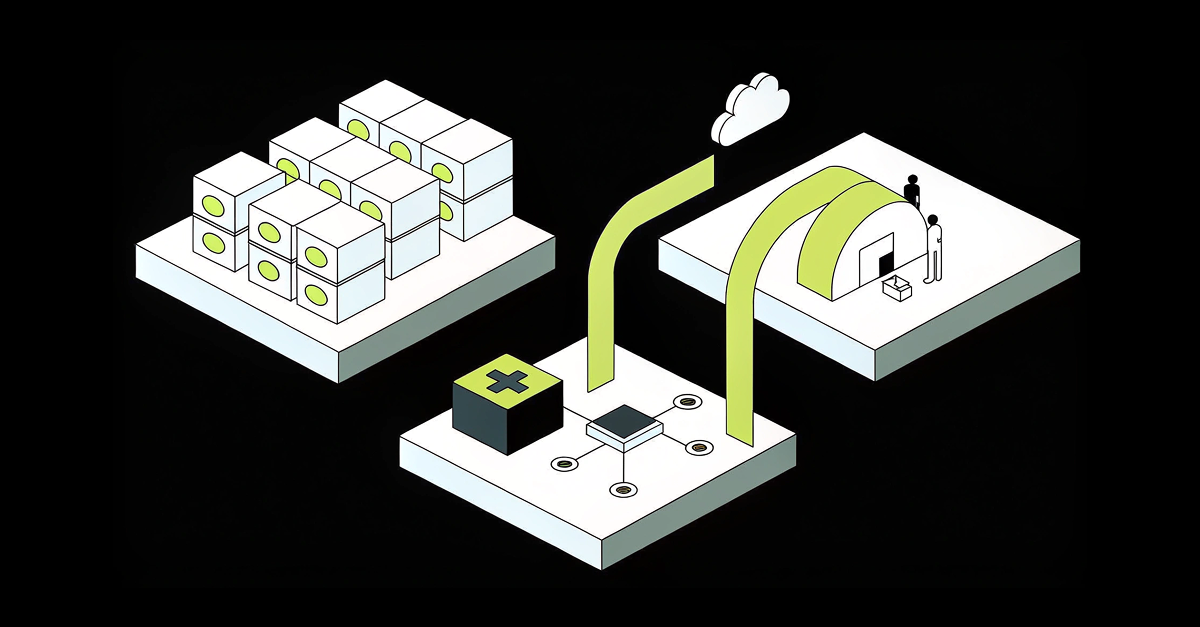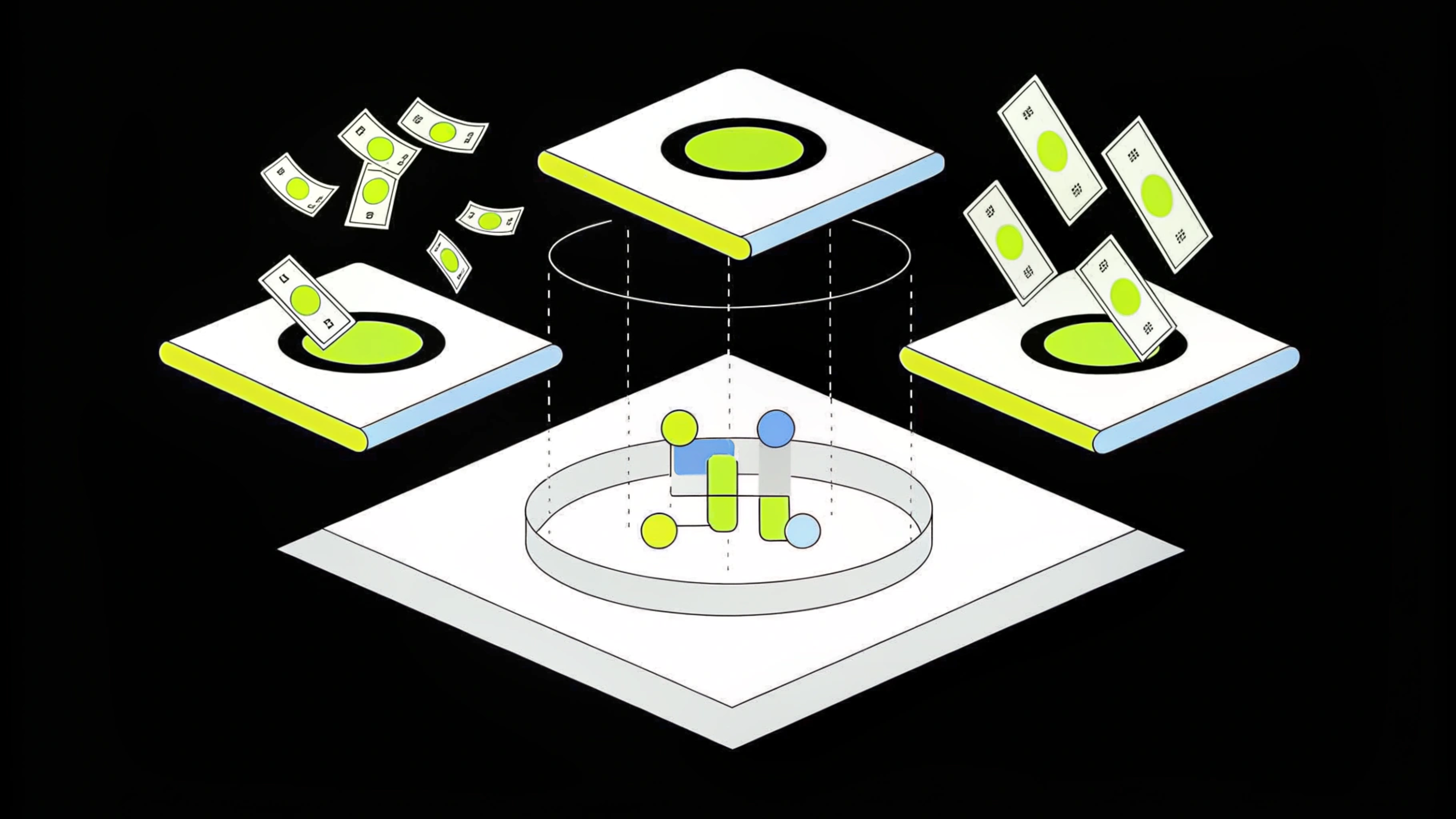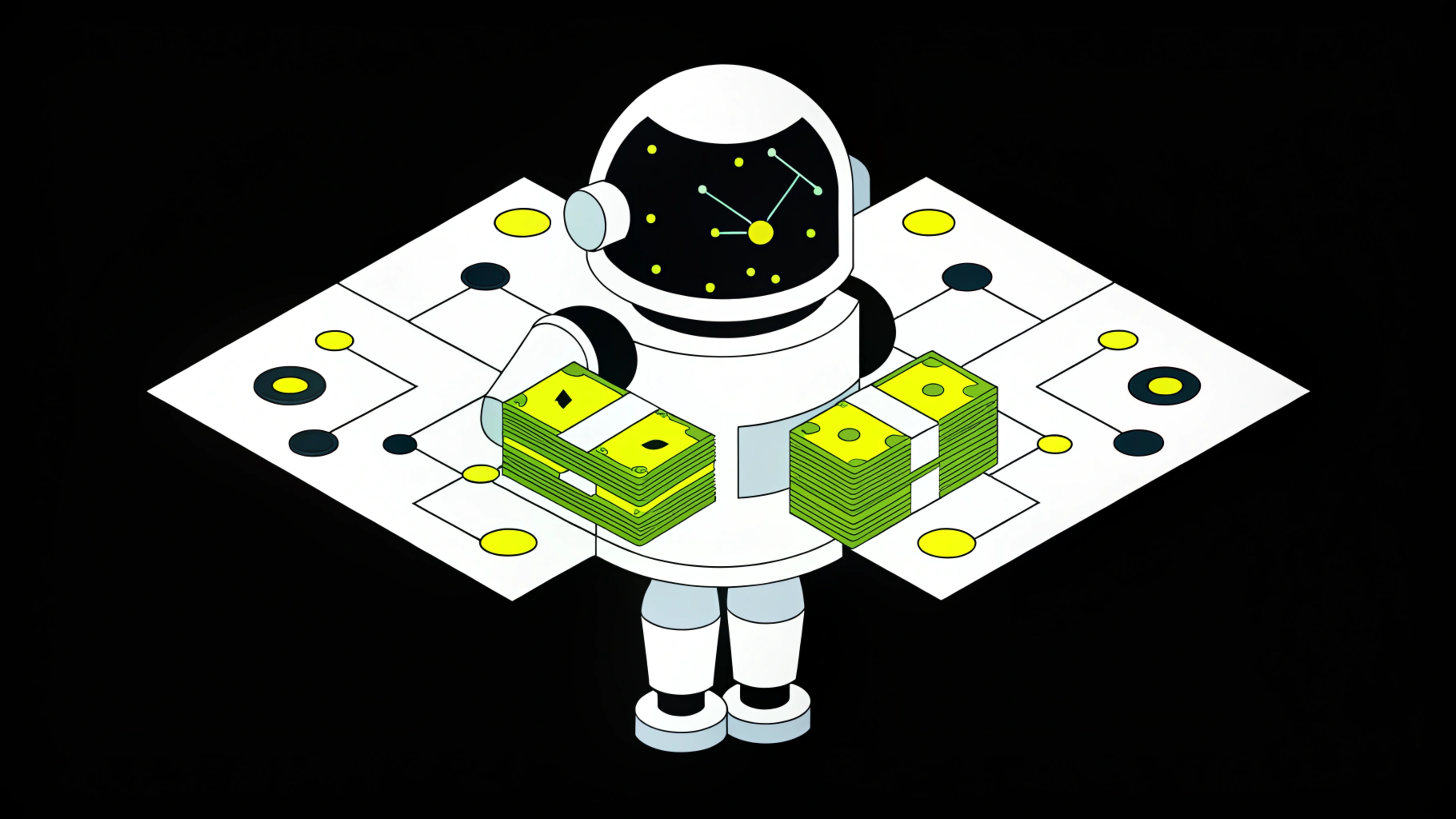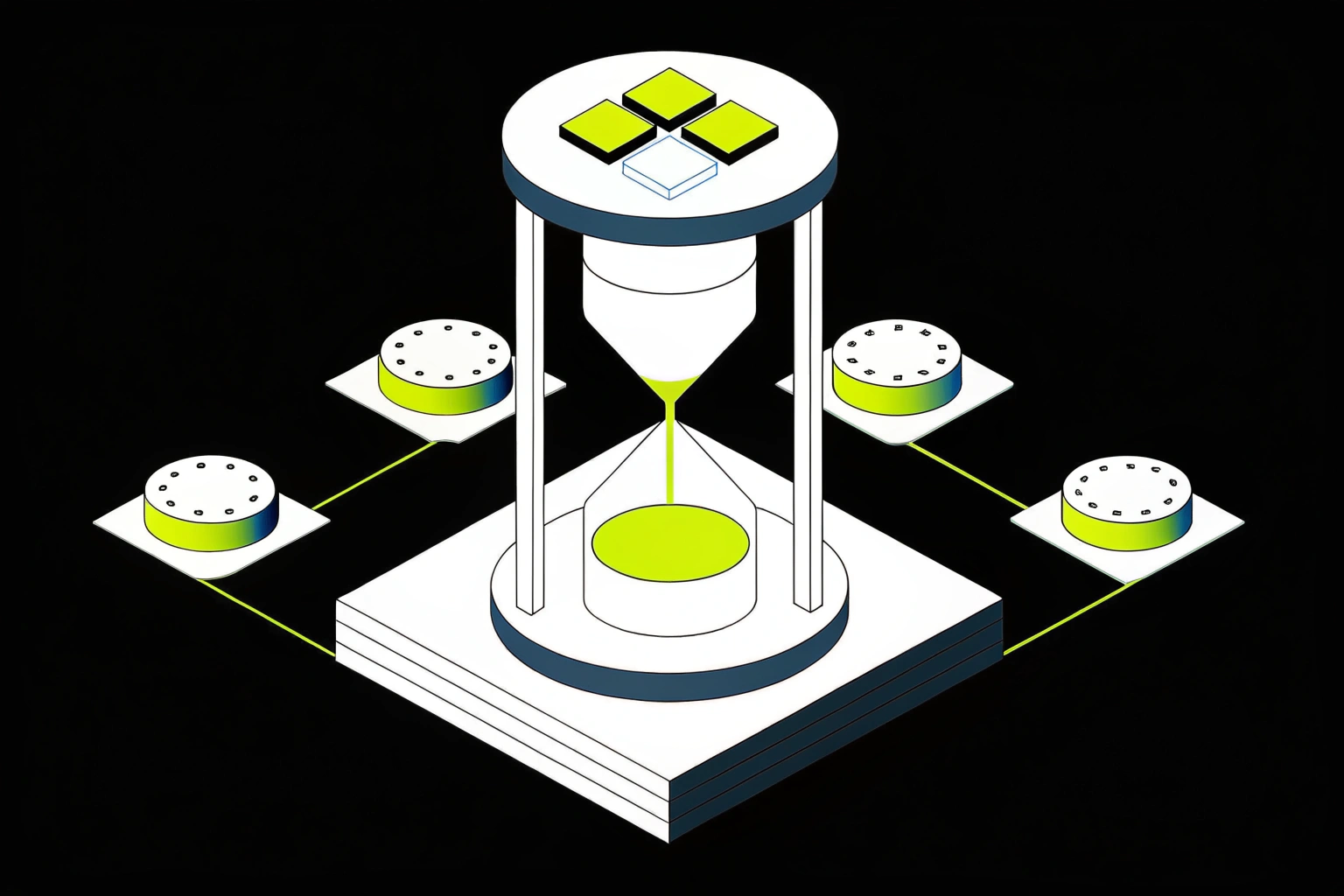Why I Co-Founded Cake: Unlocking Frontier AI for Everyone

Today’s funding milestone represents more than just a financial achievement—it embodies a vision born out of personal loss, professional frustration, and a commitment to making advanced AI accessible to everyone.
The Spark: A Personal Loss That Changed Everything
In 2013, I left IBM to dedicate my career to AI in healthcare after a tragedy that forever shaped my life. My sister died too young from a heart attack during pregnancy—a devastating event that would have been preventable with better, earlier alerting. Since I was constantly exposed to the AI research papers published daily on Arxiv, I couldn’t help but wonder: What if cutting-edge AI could have flagged the risks sooner?
At my first startup, I spent most of my time on various integrations and security fixes, just like almost every other AI professional I know. Everyone has to spend time on the boring infrastructure work rather than solving the real problem.
A Universal Challenge: Reinventing the Wheel
Open source — whether for fine-tuning and serving models, preparing datasets, or monitoring and evaluating your applications and workflows — is essential. I worked on over one hundred enterprise AI implementations during my years as a Distinguished Engineer at MapR and HPE, and what I saw as a near universal experience is that every company, no matter how big or small, has been stuck doing the same foundational work over and over:
-
Securing the insanely cool tools built in research labs
-
Integrating them into their unique environments and with the insanely cool things that came out last year
-
Monitoring performance, setting up alerting for issues, and troubleshooting and debugging various errors
It was frustrating to see so much duplicated effort and inefficiency, especially as the pace of open-source innovation accelerated with the advent of Generative AI. Every year, new tools emerged, but integrating them with older components remained a massive, expensive challenge. The long tail of AI—where every customer has unique needs—meant there was no one-size-fits-all solution. Vendors have been trying to sell the “democratizing AI” line for years with minor progress. This long tail or “last mile” has been the principal problem blocking democratization. When you have an ambitious AI roadmap, you really need something that looks a lot like a custom build. But, infrastructure vendors keep trying to make cookie-cutter solutions fit into places that they are unsuited to.
Over the years, it became painfully clear to me that AI innovation is slowest to reach the people and industries that need it most. Smaller organizations, especially those in industries like healthcare, simply don’t have the resources to hire teams of engineers or build custom platforms. This means they often wait years to benefit from frontier AI innovations. Those delays cost lives, opportunities, and progress.
That’s why I co-founded Cake AI: to bridge the gap between cutting-edge AI and the industries that stand to gain the most from it.
The Missing Piece: What Cake AI Brings
Cake AI is the platform I wish had existed when I started out in this industry 15+ years ago. It’s a unified, enterprise-ready architecture built from over 100 open-source components. Cake doesn’t just integrate the latest AI innovations; it does so in a way that’s secure, scalable, and ready for real-world use.
Here’s what makes Cake transformative:
1. Speeds Up AI Adoption: Cake integrates the newest AI tools with the best of what’s already available, ensuring that customers can harness cutting-edge innovations without starting from scratch.
2. Enterprise-Ready: Cake secures every open-source component, fixes critical CVEs, and updates the entire platform quarterly. It also provides 24/7 SLA support, so customers never have to worry about downtime.
3. Built for Regulated Industries: Cake runs in a customer’s own VPC across multiple clouds, making it compliant with the strict requirements of healthcare, financial services, pharma, and other highly regulated sectors.
4. Comprehensive Coverage: Cake supports almost every AI and ML niche, including but not limited to:
-
Training and inference
-
Monitoring and evaluation
-
Data engineering and data cleaning
-
LLMs, embeddings, pipelines, and RAG
5. Tailored for Unique Needs: Every business has distinct challenges, and Cake’s modular architecture ensures that they can meet those challenges without building from scratch. Cake’s architecture also makes it easy for us to grab the latest idea out of the research lab.
6. Future-proof: Almost every customer I meet tells me they are worried about investing in specific AI technologies because the field is moving so quickly. It’s hard to predict winners even 2-3 months out, let alone 1-2 years. That’s a big part of the Cake value prop. Cake curates components but doesn’t play favorites. We try to find a few of the best open source packages in each area of the AI life-cycle to mitigate risk. This means customers aren’t locked into making any specific bet. While Cake can save them a lot of money over expensive SaaS solutions, Cake also makes it easy to keep using whatever external components they decide make sense for your use cases.
Why Now?
AI is advancing at an unprecedented pace, but the gap between innovation and adoption is growing wider. Small- and mid-sized organizations, in particular, are left behind because they lack the resources to implement the latest tools.
At Cake, we’re solving that problem. By streamlining integration and securing components, we empower businesses to focus on what they do best—whether that’s saving lives, creating products, or driving economic growth.
Additionally, a modern engineering team, powered by GenAI coding co-pilots and our internal frameworks, can develop and maintain a far richer modular stack than would have been economically feasible even 12 months ago.
Looking Ahead
When I reflect on the journey that led to Cake, I see a clear throughline: a desire to make AI practical, impactful, and accessible for everyone. Today’s announcement is just the beginning. With the support of Gradient Ventures, Primary Venture Partners, our incredible team, my rockstar co-founder Misha (read his blog here), we’re excited to help industry adopt frontier AI at a speed and scale that was previously unimaginable.
Thank you for believing in our vision, and here’s to making AI work for everyone.
About Author

Skyler Thomas
Skyler is Cake's CTO and co-founder. He is an expert in the architecture and design of AI, ML, and Big Data infrastructure on Kubernetes. He has over 15 years of expertise building massively scaled ML systems as a CTO, Chief Architect, and Distinguished Engineer at Fortune 100 enterprises for HPE, MapR, and IBM. He is a frequently requested speaker and presented at numerous AI and Industry conferences including Kubecon, Scale-by-the-Bay, O’reilly AI, Strata Data, Strat AI, OOPSLA, and Java One.
More articles from Skyler Thomas
Related Post

The AI Budget Crisis You Can’t See (But Are Definitely Paying For)
Skyler Thomas & Carolyn Newmark

The Hidden Costs Nobody Expects When Deploying AI Agents
Skyler Thomas & Carolyn Newmark

The Future of AI Ops: Exploring the Cake Platform Architecture

Skyler Thomas

How to Build Scalable GenAI Infrastructure in 48 Hours (Yes, Hours)

Skyler Thomas